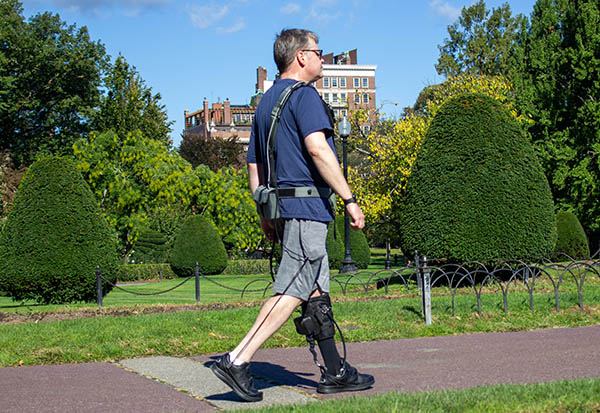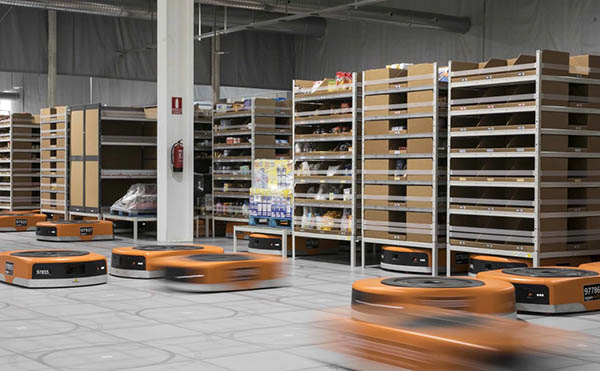Editors’ Picks





Found in Robotics News & Content, with a score of 5.21
…and offers degree programs in occupational therapy, physical therapy, speech, language and hearing sciences, health science, human physiology, behavior and health, and nutrition. Funds go to four research projects The funding will initially support four specific research projects. They are part Harvard and BU’s broader efforts to commercialize research that can help people recover injury, extend capabilities as they age, and restore them to people who have lost them. They include: Ankle device for home or community-based gait training after stroke New sensing and diagnostic approaches for high-dose/high-frequency rehabilitation at home that can be enabled for a soft robotic glove…

Found in Robotics News & Content, with a score of 4.82
…at Lucas Systems. He and Steve Yurrick, director of speech and mobile technologies at Lucas, talk about a recent innovation—a multi-modal picking system that runs on an Android smart watch. They say the first application is at a UK third-party logistics (3PL) provider that operates a multi-channel DC for one of the country’s largest cell phone retailers. Previously, the operation was guided by a radio frequency portable terminal-based picking process paired with ring scanners. While highly accurate and mobile, the screen- and scan-based process actually added unnecessary time to each pick. Scanning could not be entirely eliminated because many of…

Found in Robotics News & Content, with a score of 3.88
…digital technologies. The natural language processing, machine learning models, speech synthesis, and all of the other complexity is performed in a digital system that sits beyond the walls of your home but is able to connect to that door lock and perform a physical action on your behalf. For an end user, the beauty of Alexa is that they don’t have to know how any of this works, which parts are physical or digital; it just makes their lives better. Now, as a technologist, I'm always trying to look at the bigger picture, and when I think about things like…
Found in Robotics News & Content, with a score of 3.85
…fits all use cases. Most AI-enabled IoT applications target speech recognition and response, image classification, tracking video features and processing sensor data to analyze behavioral patterns. Each of these applications can have widely different requirements for performance, response latency and power. “The common underlying theme for all the architectures is that they require arithmetic logic units or multiply-accumulate units (MACs) to perform arithmetic operations, as well as large amounts of on-chip and/or off-chip memory to hold input data and intermediate computation results,” says NXP’s Mahatme. “A higher number of MACs corresponds to higher performance. This must be complemented with the…



